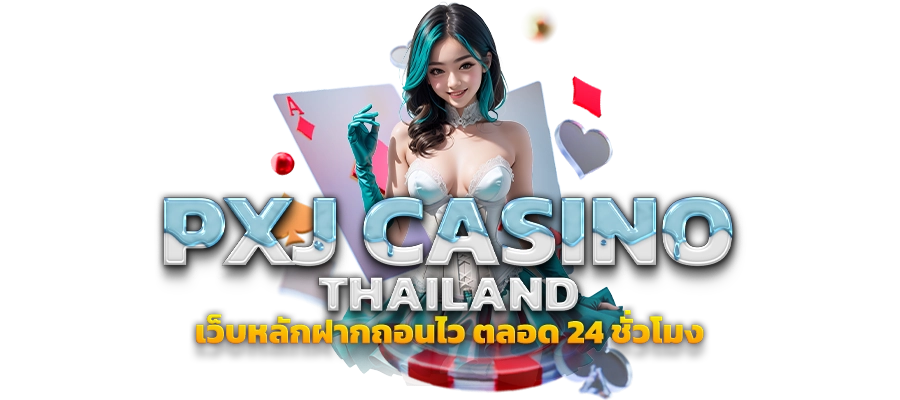7 ก.ย. 2565 — ทางเข้าเล่นเว็บสล็อต เว็บตรง สล็อต ฝากถอน ไม่มี ขั้นต่ำ 1 บาทก็ ถอนได้ พร้อมกิจกรรมสำหรับสมาชิกใหม่ และ สมาชิกเก่า รับโปรสล็อต คืนยอดเสีย สูงสุด 30%คาสิโนออนไลน์ ราคาบอลลูกครึ่ง. สมัคร ufa ฝากถอน ไม่มี ขั้นต่ำ ทางเข้า. เว็บ สล็อต 168 สมัครง่าย. ทางเข้า สมัคร เว็บ พนัน บอล ดี ที่สุด. ufa1688 login เครดิตฟรี.เข้ามาเล่นได้อย่างสะดวกมากยิ่งขึ้น ฝาก-ถอนไม่จำเป็นต้องใช้บัญชีธนาคารอีกต่อไป เพราะที่นี่มีการรองรับทรูมันนี่วอเลท ซึ่งให้บริการการเงินแบบไม่มีขั้นต่ำ เว็บสล็อต xo ไม่ต้องทำยอดเทิร์นให้เสียเวลา ทุกการฝาก- ...สล็อต เว็บตรงไม่ผ่านเอเย่นต์ ฝากถอนไม่มีขั้นต่ำ ที่ให้บริการดีที่สุด อันดับ 1 มาตรฐานระดับโลก คืนยอดเสีย 10% สล็อตทุกค่าย คืนค่าคอมคาสิโนสด 0.6% ทุกตาที่เล่น เว็บใหญ่จากต่างประเทศ การเงินมั่นคง เรากา ...เข้าเล่นเกมสล็อตกับทางเราที่เปิดให้บริการ สล็อต ฝาก – ถอน ไม่มีขั้นต่ำ คืนยอดเสีย ทำเงินได้จริง เพียงแค่ทำการสมัครสมาชิกก็สามารถเข้ามาเล่นได้ตลอด 24 ชม.แหล่งรวมเกมสล็อตทุกค่าย สล็อต คืน ยอด เสีย ทุก วัน ทดลองเล่นฟรี เกมสล็อตไม่มีขั้นต่ำ แหล่งรวมเกมสล็อตทุกค่าย ในเว็บเดียว เกมสล็อตไม่มีขั้นต่ำ ลงทุนน้อย.... สล็อตไม่มีขั้นต่ำ รวมทุกค่าย ต้องที่นี่เลย! ... มีข้อเสนอคาสิโนโบนัสให้เลือกรับเยอะ ข้อเสนอน่าสนใจและครอบคลุมทั้งโบนัสต้อนรับ โบนัสรายวัน โบนัสคืนยอดเสีย โบนัสวันจ่ายและโบนัสแนะนำ ...เว็บใหม่ล่าสุดที่มีการรองรับระบบ สล็อตวอเลท เล่นกี่ยอดก็แตกหนัก เล่นกี่ครั้งก็ทำกำไรได้อย่างสม่ำเสมอ ปั่นยังไงก็แตกดีและมีกำไรหนักๆ เว็บตรง สล็อตฝากถอน ไม่มี ขั้นต่ำ 1 บาทก็ ถอนได้ เพิ่มอัตราชนะทุกคลิ้กที่ ...2 วันที่ผ่านมา — สล็อต คืนยอดเสีย ufa877 คืนยอดเสีย ufa คืนยอดเสีย 10% ทุกวัน คืนยอดเสียbet2you เว็บตรง สล็อต ฝากถอน ไม่มี ขั้นต่ำ 1 บาท ก็ ถอนได้ คืนยอดเสียสล็อต ฝาก-ถอน ไม่มี ขั้นต่ำ คืนยอดเสีย ⭐️ ให้บริการและผลิตภัณฑ์เดิมพันออนไลน์โดยเฉพาะการพนันฟุตบอลพร้อมโต๊ะอัตราต่อรอง สล็อต ฝาก-ถอน ไม่มี ขั้นต่ำ คืนยอดเสีย - อัตราต่อรองฟุตบอล ...☆➤ ฝากถอนไม่มีขั้นต่ำ ☆➤ เกมสล็อตเริ่มต้นที่ 1 บาท. ☆➤ เว็บตรงไม่ต้องทำเทิร์น ไม่จำกัดถอน. ☆➤ เพื่อนแนะนำเพื่อนรับเพิ่ม 20% ☆➤ คืนยอดเสีย 5% ทุกวันเว็บตรง สล็อตฝากถอน ไม่มี ขั้นต่ำ 1 บาท ก็ ถอนได้ วอ เลท สมัครสล็อต เว็บตรง เว็บตรง 100 pg สล็อตเว็บนอก เว็บตรง เว็บตรง ไม่ผ่านเอเย่นต์ ฝากถอน ไม่มี ขั้นต่ำ เว็บตรง 1 บาทก็ ถอนได้ ...สล็อต888เว็บตรง ไม่ผ่านเอเย่นต์ POK9 เว็บสล็อตออนไลน์แท้เจ้าใหญ่ อัพเกมใหม่ทุกวันกว่า 800 เกม สล็อตเว็บตรงที่ดีที่สุด ฝากถอนได้ตลอดเวลา.สล็อตออนไลน์ คืนยอดเสีย 10 ที่ดีที่สุด ได้รับการการันตี จากนักพนันที่มีชื่อเสียง ว่าเป็นเว็บพนันออนไลน์ ที่เล่นได้ง่าย เข้าใจระบบได้ง่าย รวมไปถึง สมัครเล่นได้ง่าย ๆ เพียงแค่ทำตามขั้นตอน ที่เว็บไซต์กำหนด ...... สล็อต ฝากถอนไม่มีขั้นต่ำ 1 บาท ก็ ถอนได้ วอ เลท, โบนัสที่แตกบ่อย, ไม่มีเงินฝากขั้นต่ำ, ถอนระบบอัตโนมัติ, เล่นสะดวกได้ทุกที่, เกมสล็อตออนไลน์ที่ยอดเยี่ยม ...

